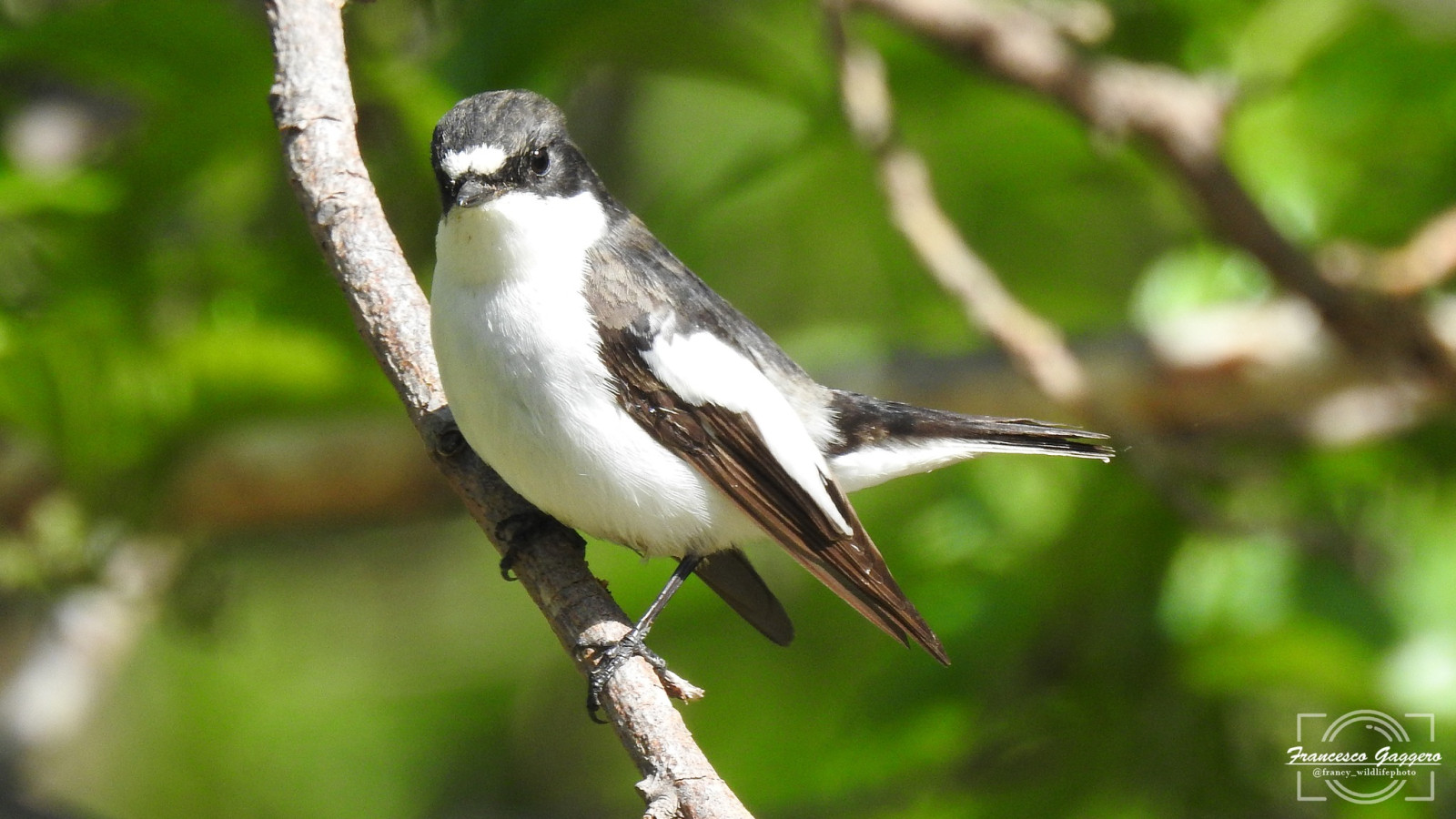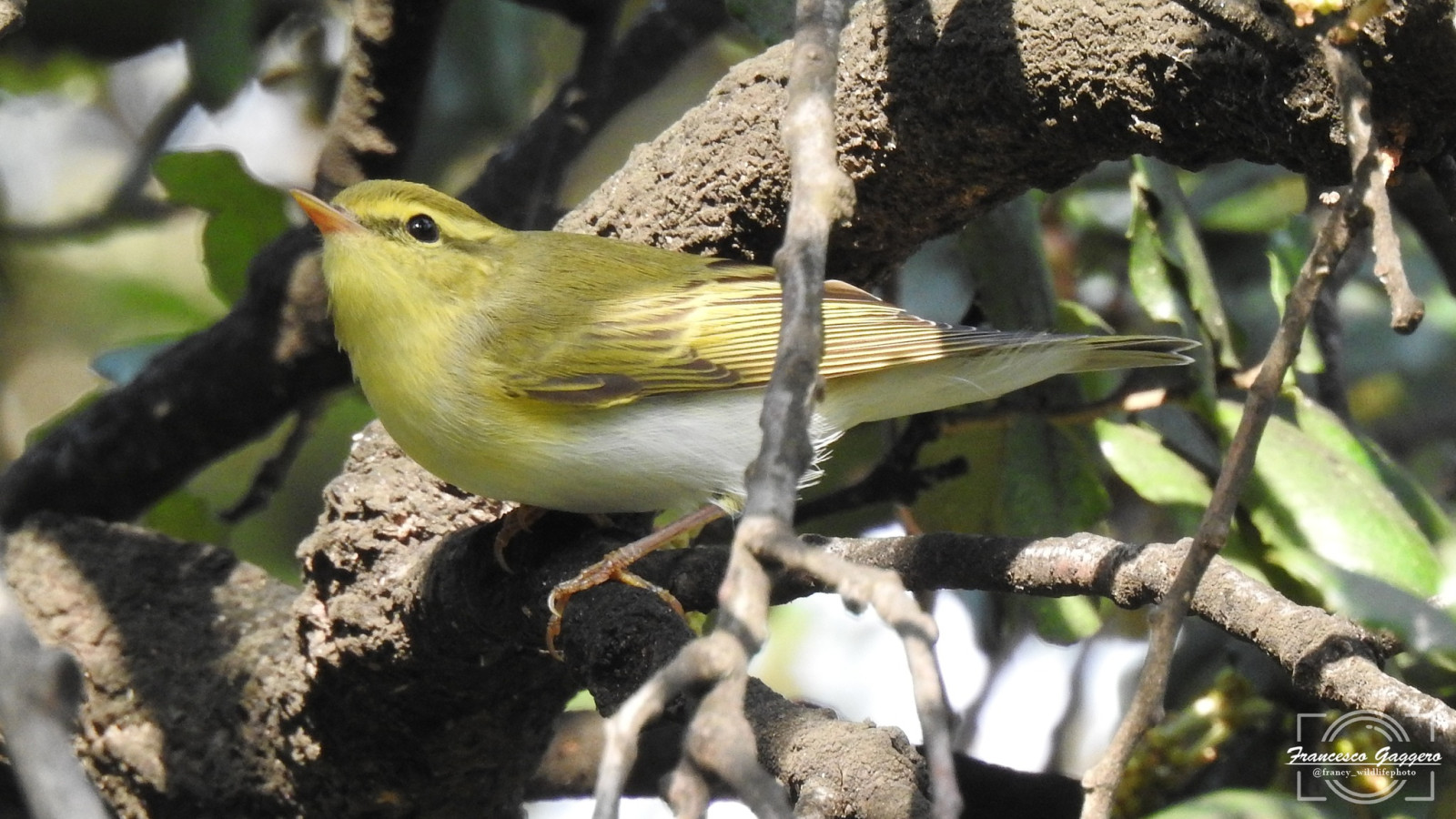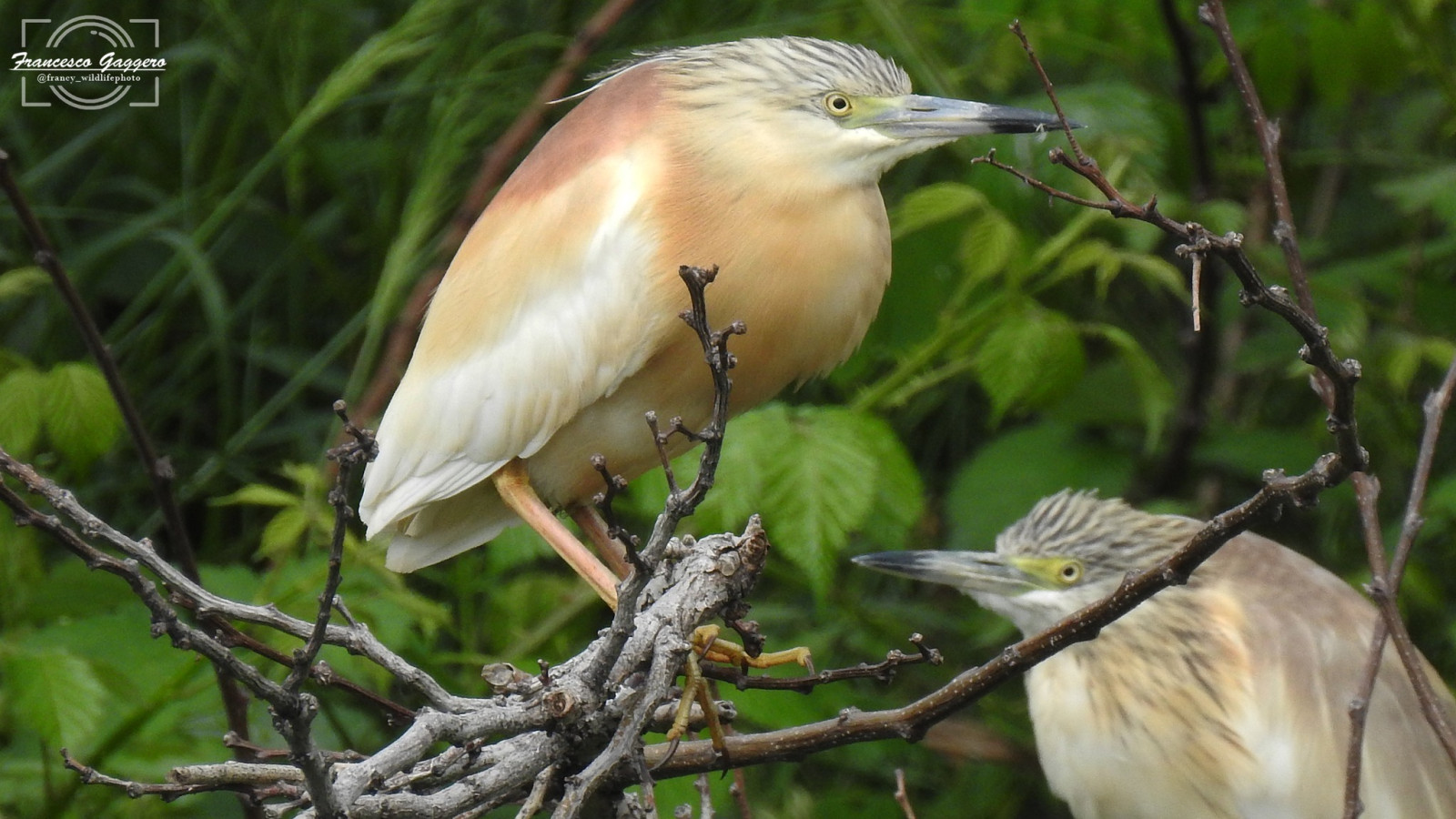Descripción
Fascia di Rispetto di Genova Prà. In winter and summer this park is not worth a visit since only common and urban birds are present. Petirrojo Europeo, Mirlo Común, Corneja Cenicienta, Grajilla Occidental, Gaviota Patiamarilla, Verderón Común, Lavandera Blanca, can be found throughout the year. Cernícalo vulgar is present too but less common, and a Cotorra de Kramer colony is now stable. During spring migration this place turns into a targeted stop for trans-Saharan passerines. You can find Tarabilla Norteña, Papamoscas Cerrojillo, Colirrojo Real and Papamoscas Gris perched on top of lampposts, stakes and benches while birds like Curruca Zarcera, Curruca Carrasqueña and Curruca subalpinaare hidden inside bushes, or eat bugs on top of trees such as Quercus ilex or Quercus suber, together with Carricero Común, Carricero Políglota, and other acrocephalus birds. The latter is particularly appreciated from insectivorous birds. Some years ago it was possible to see up to eight or nine different species, moving from branch to branch. On top of one tree I personally saw Carricero Común, Carricero Tordal, Carricerín Común, Curruca Mosquitera, Zarcero Políglota, Zarcero Icterino, Curruca Zarcera, Curruca subalpina, Curruca Carrasqueña, and other birders saw Curruca Zarcerilla, Mosquitero Silbador and Torcecuello Euroasiático. A noteworthy species to mention is the Autillo Europeo , but it was seen only once, resting on a tree.
Alcaudón Común and Alcaudón Dorsirrojo stays on shrubs and are a regular presence during spring migration, together with Ruiseñor Común, whose beautiful song can be heared. On the grass you may find Lavandera Boyera of different subspecies (flava and cinerocapilla the commonest among the others) and Torcecuello Euroasiático. If you are really lucky also Escribano Cabecinegro can be found in late May/early June (1 the 2012/06/29, 2 (m+f) the 2013/06/1-2). Needless to say, the sky is covered with migrant Abejaruco Europeo, Golondrina Común, Avión Común and Vencejo Común and for this reason Alcotán Europeo can be observed. Also Cernícalo Patirrojo is a regular presence.
Irregular and vagrant species need to be included too:
- during pandemic a Carraca Europea was seen on a lamppost (2020/05/28). It was the first sighting of Coracias garrulus in the park, but in the upper hills the species is a regular migrant (6 together in May).
- Estornino Rosado may occur during its periodical invasion in late May. They can be seen feeding on mulberries or sour cherry trees. (2018/05/29)
- a Escribano Pigmeo was seen 2018/04/16. Emberiza pusilla is a vagrant bird in Liguria region.
The surrounding area is noteworthy too: from the canal wooden bridge you may see Avetorillo común (regular presence) and Garza Imperial. Other heron species like Garcilla Bueyera, Garza Real, Garceta Grande fly in formation above the canal and the city. The canal, which full name is Canale di calma di Pràm is a nice spot also in winter. Colimbo Chico is a regular winter species, and Negrón especulado was a special guest during December 2017. Also, Gaviota Reidora, Gaviota Patiamarilla are present.
The area near the ecological island is a real hidden gem, having hosted migrant passerines such as Escribano Hortelano (more than five together!), Carricerín Común, Bisbita Arbóreo, Lavandera Boyera, Cernícalo Patirrojo, Alcotán Europeo, Curruca Zarcera and also a pair of Faisán Vulgar during pandemic. You can make a stop here, but I doubt this place will host again such a wide variety of species. May is the perfect month to admire Abejero Europeo migration: if you are lucky enough and the wheather condition is good, you can sit on the park bench and see flocks of raptors flying above the city. Also, Milano Negro, Culebrera Europea and Águila calzada are regular migrant raptors that you can spot from March to May.
Detalles
Accesso
The park is accessible by car and by bus. There are two car parks, one at west and one, bigger, at east. There are also 2 near bus stops.






